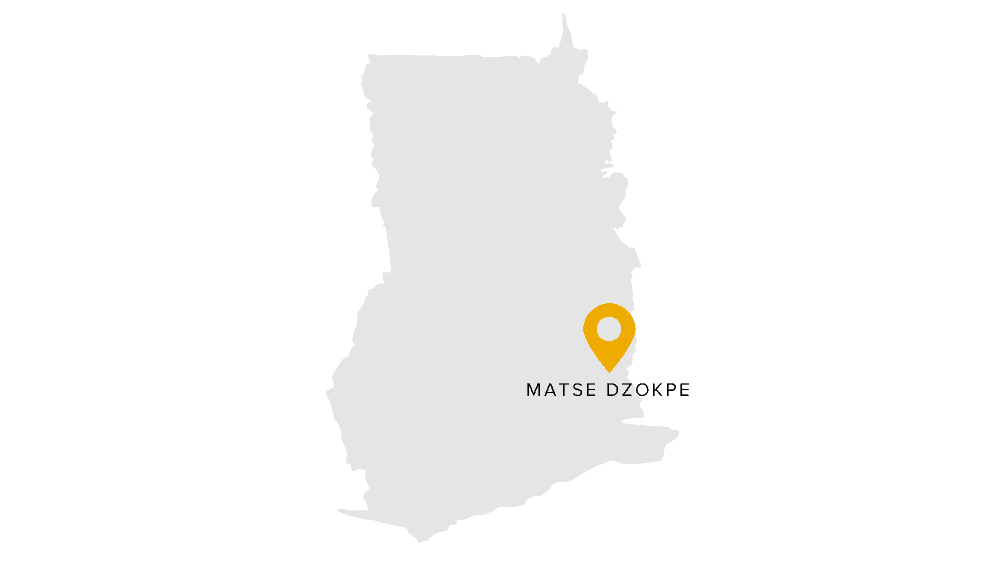Location of Impact
GHANA
Ghana was, until very recently, one of the poorest countries in the world. Over the past few years, the nation has experienced unprecedented growth and development (IFAD report; African Development Bank). Although the lives of Ghanaians have improved greatly, the country still faces many challenges, especially in the education sector.
In Ghana, 18% of primary school age children are not enrolled in school and of those who are in school, 28% will drop out before completing primary school (UNESCO 2012). Additionally, over 28% of the Ghanaian population is illiterate and out of all the current primary school classrooms, the government estimates that almost a quarter need repairs (World Bank, 2014; USAID 2009).
PoP works with 107 communities in Ghana to ensure that students overcome these and other barriers to accessing a quality education. To date, PoP has impacted over 178,000 lives in Ghana.
VOLTA REGION
The Volta region is located in southeastern Ghana, to the west of the Republic of Togo and just east of Lake Volta. In many of our partner communities in the region, PoP couples school builds with literacy programming in order to create sustainable change.
To date, we’ve built 98 schools in the Volta region and will continue to scale our teacher training and educational programming across PoP schools in the region.
Before a PoP School Build
Primary school students of Matse Dzokpe Ando E.P. Preschool and Primary School in the Volta region of Ghana did not have access to formal classrooms. Instead, they were taught in the school courtyard beneath trees, and a makeshift structure made with wood and covered with corrugated metal sheets. These provisional, open-air spaces exposed students to dust, dirt, other debris and distractions from the surrounding environment. As a result, students had difficulty concentrating and learning.
Your Impact with a New PoP School
With your support, PoP was able to partner with the community to build a new three-classroom school. Students now have access to a permanent space dedicated to their learning needs. They have formal doors, desks, blackboard, benches, chairs and fans. Classrooms provide enough room for mobility and ventilation. Overall student engagement and success will benefit from these drastic improvements.





